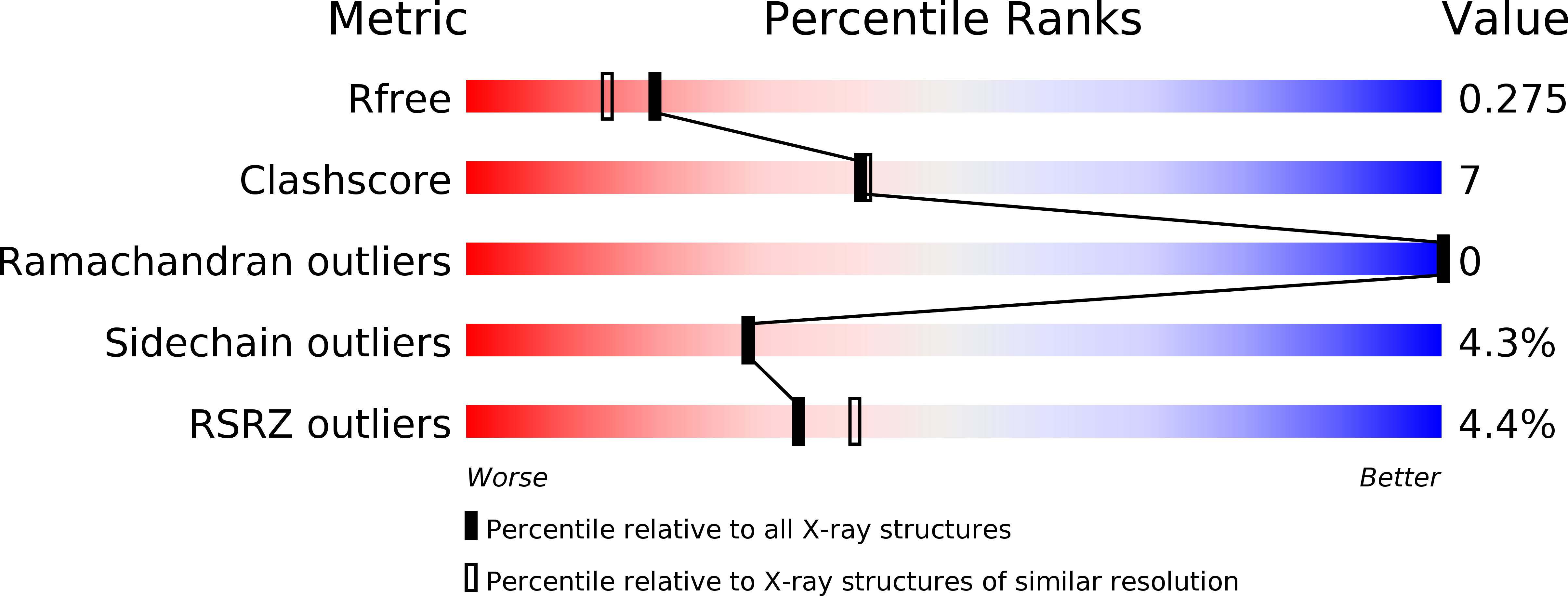
Deposition Date
2013-11-26
Release Date
2014-07-09
Last Version Date
2024-11-20
Entry Detail
PDB ID:
4CGR
Keywords:
Title:
Structure of Regulator Protein SCO3201 from Streptomyces coelicolor
Biological Source:
Source Organism:
STREPTOMYCES COELICOLOR (Taxon ID: 1902)
Host Organism:
Method Details:
Experimental Method:
Resolution:
2.10 Å
R-Value Free:
0.26
R-Value Work:
0.22
R-Value Observed:
0.22
Space Group:
P 21 21 21


